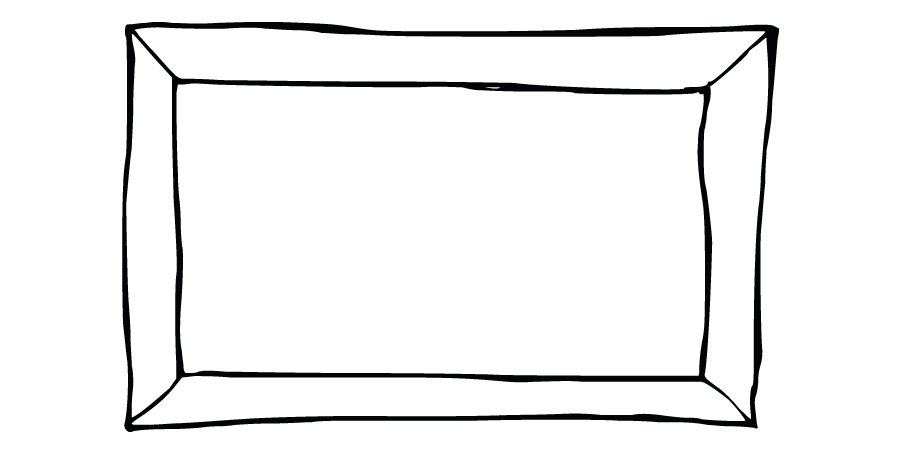Switches, extenders, splitters — a dive into AV distribution

Knowing which peripheral to use when setting up your AV system will help to ensure that you have a trouble-free set-up. There are often a lot of small issues that can pop up when you are getting things together, and it is important to know what you need in order to solve the problem. We have put together a guide so that you will know which peripheral to use to make sure that your distribution is perfect, every single time.
Switches
Switches are mainly used when you have a single output method but multiple input methods. For example, if you have a solitary TV in your front room but 12 different devices that can be connected to it, then you will need a switch. While most modern TVs do offer multiple methods of connection, you can sometimes have more devices than your TV has connections. This is where a switch will come in. For example, you could have a switch that allows you to connect four different devices to it via HDMI. The switch would then be plugged into a single HDMI port on your TV. Then, when you want to use one of the devices that are connected to the switch, you just change to the correct port on the switch. It really is that simple. In a world where people can have three games consoles, a Blu-ray player, a TV set-top box, an Android box and many more devices, a switch makes it simple to use them all, without having to spend time at the back of your TV changing cables around.
Splitters
Splitters are usually used in a business or an educational setting as opposed to a residential one. However, there is nothing to stop them from being used at home, especially if you want to be able to have a separate room for watching movies but do not want to buy new devices. A splitter allows you to take the input from a single device and send it to multiple outputs. For example, you could be watching a movie on your Blu-ray player and it could play on a TV in two different rooms. A different setting could be in a school that has a video sequence that plays throughout the day, displaying information about the school. This could then be sent to multiple TVs that are spread out around the site. This is also used in businesses, where they may have branded sequences playing that give out information about the company.
Extenders
Extenders do exactly as you would think — they extend cables. However, it is a little bit more complex than that. When you use a long cable, you will lose some of the signal over the long distance. An extender will boost the signal to allow the cable to be used at full capacity over longer distances. If you want to set up a media hub in your house, or you have a business that requires video to be sent over long distances, then an extender will allow you to do this without losing out on any sound or video quality.

